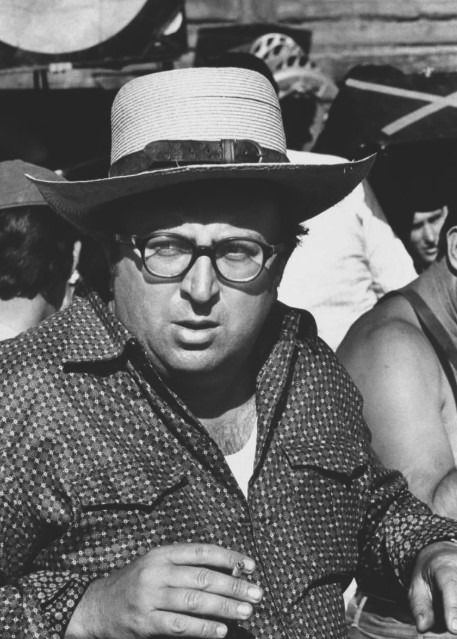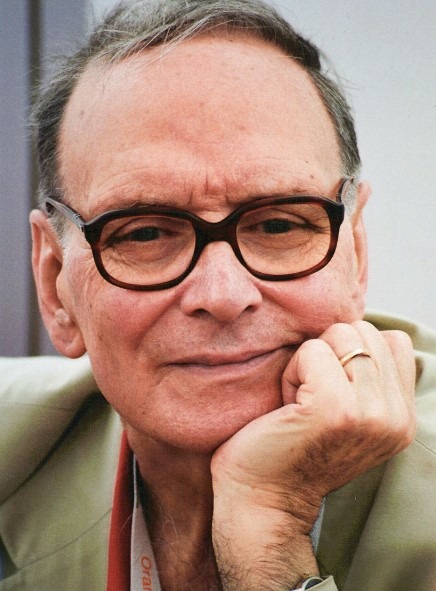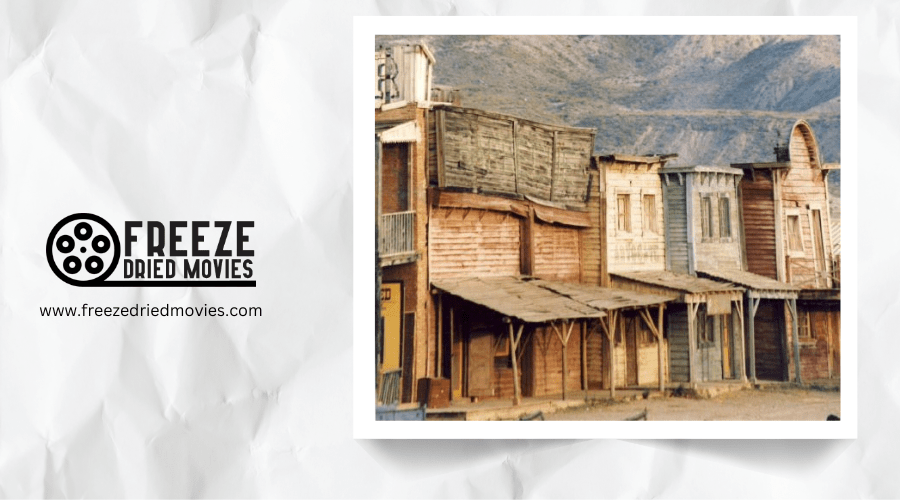Budget Breakdown: Maximizing Profits in Spaghetti Western Productions

You've likely seen iconic shots from "The Good, the Bad and the Ugly" without realizing how efficiently it was made. Spaghetti westerns transformed cinema by achieving Hollywood-quality results on shoestring budgets. Spanish deserts substituted for the American frontier, international actors worked for less than their Hollywood counterparts, and reused sets appeared across multiple films.
Even Morricone's legendary scores represented clever cost-cutting. These production techniques didn't just create memorable films—they generated impressive profits that modern filmmakers still study today.
The Economics Behind Spaghetti Western Success
While Hollywood westerns demanded enormous budgets for their sprawling productions, spaghetti westerns thrived on financial minimalism that proved remarkably profitable. You'll find these low budget films achieved impressive profit margins even with modest box office returns. Their exceptional benefit-cost ratio reduced financial risk, allowing producers to make money consistently while funding multiple projects simultaneously.
This economic efficiency granted directors unprecedented creative freedom to craft lasting film legacies. Unlike costly American productions, spaghetti westerns (including occasional western comedies) demonstrated how artistic discipline could triumph over financial constraints. Directors who mastered the art of quality filmmaking within low budgets became industry legends.
This sustainable business model only faltered in the early 1970s when market saturation coincided with shifting audience preferences toward urban crime dramas. Even acclaimed films like "The Searchers" with John Wayne's portrayal redefined the Western hero by blending moral ambiguity with traditional cowboy archetypes.

Cost-Cutting Locations: Spain's Arid Landscapes
Though American westerns typically filmed on expensive Hollywood backlots or remote U.S. locations, Italian directors discovered Spain's Almería region offered identical visual authenticity at a fraction of the cost.
When you watch Sergio Leone's classics, you're seeing Spain's arid landscapes doubling perfectly for the American frontier. The visual similarity between Almería's barren, mountainous terrain and the American Southwest created convincing western backdrops without the expense of transatlantic production. You'll notice how these desolate settings enhanced the genre's sparse, gritty aesthetic.
The Spanish government provided financial incentives that attracted foreign productions, while local labor came at considerably lower rates than American crews. This low-cost filming approach maximized profits while maintaining visual authenticity. Directors could stretch their budgets further by utilizing these remote Iberian locations, ultimately defining the distinctive look of spaghetti westerns. This budget-conscious approach mirrored the Depression-era filmmaking when Art Deco designs provided audiences with an escapist experience during difficult economic times.
International Casting: Talent Without Hollywood Prices
Because Hollywood salaries would have devastated their modest budgets, spaghetti western producers assembled international casts that delivered impressive performances without the premium price tags. You'd find actors from Cuba, Germany, and the United States working together, creating low-cost ensembles that appealed to global audiences despite language barriers between cast and crew.
These productions cleverly leveraged international talent pools through co-productions between Italian, Spanish, and West German companies. This strategy distributed financial risk while expanding market reach. By recruiting affordable performers from multiple countries, producers could create compelling westerns that looked more expensive than they actually were.
The international casting approach wasn't just about saving money—it became a signature element that distinguished these films while ensuring high-profit margins for investors. Unlike the established John Wayne's dominant era, spaghetti westerns thrived on unknown actors who could deliver authenticity without commanding star-level compensation.

Sound and Music: Low-Budget, High-Impact Production
Despite severe financial constraints, spaghetti western producers transformed limited audio resources into one of the genre's most distinctive assets. You'll notice how these films minimized recorded dialogue, instead letting Ennio Morricone's iconic scores carry the emotional weight and drive the action forward.
Working with minimal funds, Morricone created memorable themes that defined the genre's identity. Filmmakers compensated for tight budgets by emphasizing diegetic sounds—jangling spurs, gunshots, and exaggerated footsteps—creating an immersive soundscape that didn't require expensive post-production.
This financial necessity sparked innovation, birthing the distinctive spaghetti western audio aesthetic that continues to influence modern filmmaking. The low budget approach to sound design proved that creative constraints often yield the most enduring artistic solutions, with these economical soundtracks now considered among cinema's most influential musical works.
Marketing Strategies That Maximized Return on Investment
The ingenious audio techniques of spaghetti westerns found a natural complement in equally resourceful marketing strategies. Producers leveraged international co-productions across Italy, Spain, and West Germany to distribute financial risk while securing broader market access. You'll notice how these partnerships created a self-sustaining ecosystem where even modest box office returns generated substantial profits due to the low-budget production model.
Marketing campaigns strategically highlighted distinctive elements audiences couldn't find elsewhere: Ennio Morricone's revolutionary soundtracks, authentic Spanish locations, and gritty visual aesthetics. This differentiation created a recognizable brand that transcended language barriers and cultural differences.
Though market oversaturation eventually diminished returns by the early 1970s, the genre's iconic marketing approach created lasting cultural impact, influencing modern filmmakers like Quentin Tarantino and establishing a visual language that remains instantly recognizable today.

Reusing Sets, Props, and Costumes Across Multiple Films
When producing dozens of westerns on shoestring budgets, resourcefulness became the hallmark of spaghetti western filmmaking. Spaghetti western producers mastered the art of recycling almost everything between productions.
Directors like Sergio Leone frequently returned to Spain's Almería province, where desert landscapes and frontier towns served as ready-made backdrops for films like "A Fistful of Dollars" and its successors. You'll notice the same revolvers, holsters, and furniture appearing across multiple productions—these weren't continuity errors but deliberate cost-saving measures.
Costume designers became particularly inventive, modifying existing outfits to create fresh looks without starting from scratch. This strategic recycling enabled producers to maintain surprisingly high production values while dramatically reducing expenses, ultimately churning out profitable films despite their limited budgets.
The Financial Legacy of Italian Western Production Models
Rather than relying on Hollywood's extravagant spending, Italian producers crafted a revolutionary financial model that forever changed filmmaking economics. With budgets under $200,000, directors like Franco Nero and Giuliano Gemma turned minimal investments into substantial profits.
This financial strategy produced by Italian filmmakers didn't just generate profits; it established a blueprint for independent cinema. By prioritizing efficiency over excess, the spaghetti western model inspired generations of filmmakers to embrace creative constraints, proving that innovative storytelling doesn't require Hollywood's massive budgets.
You'll find this approach enabled remarkable productivity—some filmmakers completed three westerns in a single year. Films like "Call Me Trinity" and "Trinity is Still My Name" demonstrated how low-cost productions could achieve impressive returns, creating an exceptionally favorable benefit-cost ratio.



